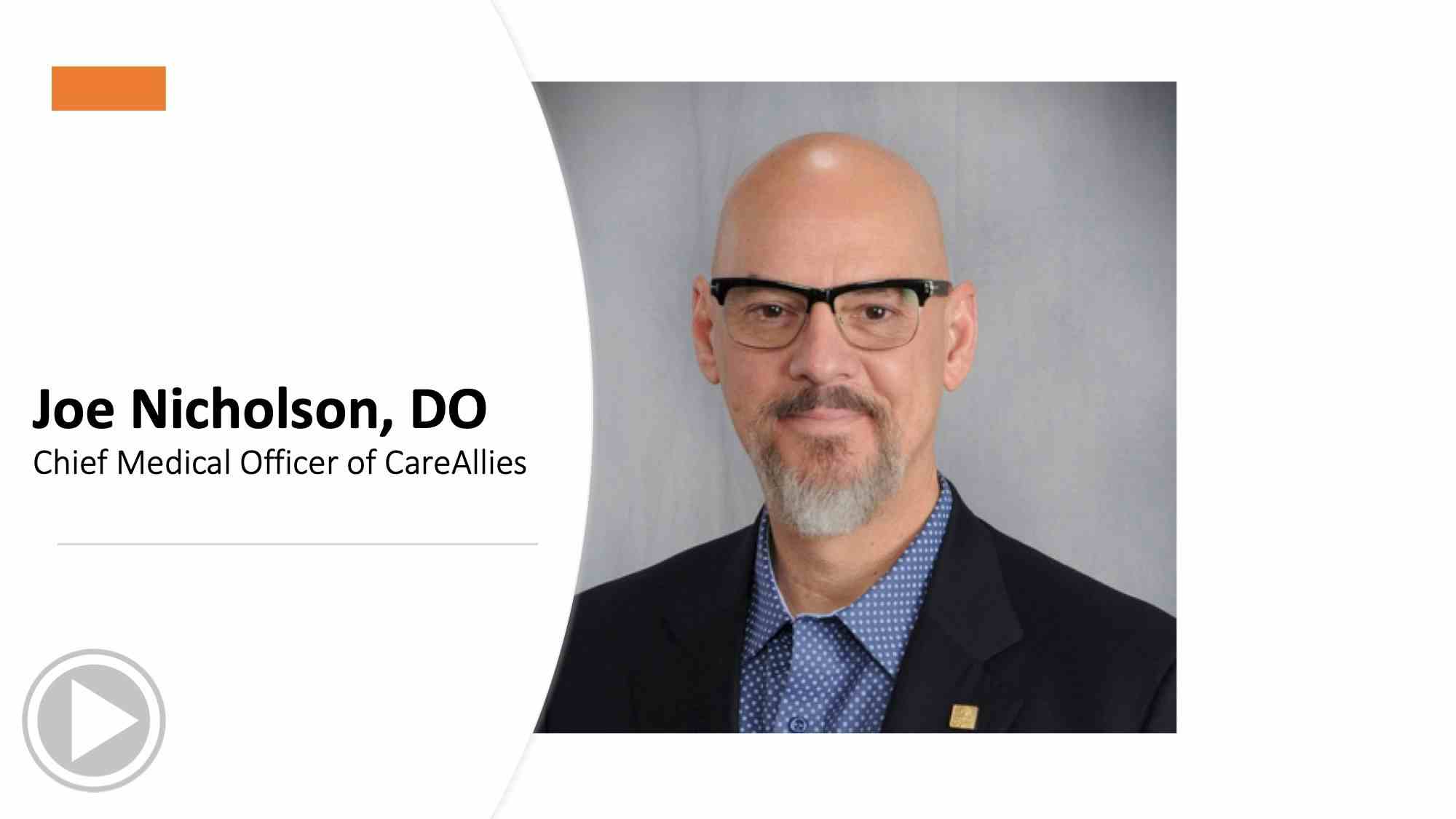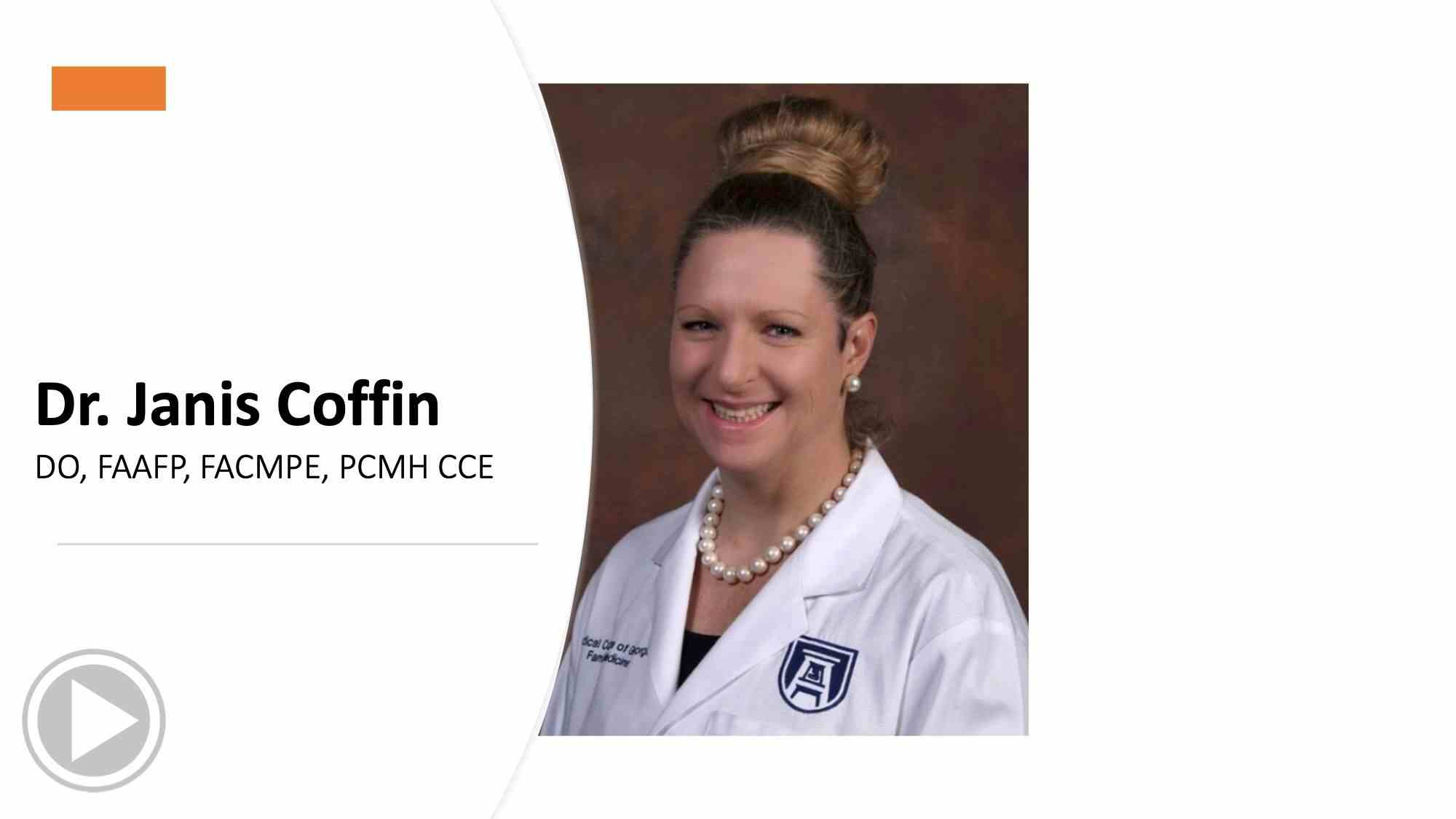Physicians Must Lead the Charge to Improve Patient Care
Here are a few small changes that I recommend that all physicians begin making to improve care coordination, communication, and follow-up care.
Communication, coordination, and follow-up are highly prized entities in patient care. Indeed, without these entities, little can be accomplished, and the more complex the issues are, the more important these entities become.
Sadly, great communication, coordination, and follow up become less and less evident in patient care the more complicated the patient's care becomes. This is especially true when the case entails a high degree of social issues as well as health issues. It is clear to any experienced physician and case worker that the more complex the patient's condition is, the stronger the need becomes for optimal communication, coordination, and follow-up.
I maintain that ensuring optimal communication, coordination, and follow-up requires a system that motivates physicians and healthcare systems with positive incitements. There is an urgent need for clear and obvious mechanisms that create negative feedback loops every time communication, coordination, and follow-up care are inadequate, and that strongly encourage the opposite.
Until now, no practical guidelines have existed that define how to establish and maintain such motivation at the system level. Good practice guidelines exist for specific diagnosis groups, but even here, the motivations are most often less than clear.
This is by no means to belittle many good practices that see traction in specific communities, such as Patient-Centered Medical Home recognition criteria, but these are predicated rather by top down mandates from entities such as the National Committee for Quality Assurance and enthusiastic practitioners than by concerted and positive financial and motivational structures.
For these reasons, it falls on physicians to lead the charge to improved communication, care coordination, and follow-up care in their own practices. Here are a few small changes that I recommend that all physicians begin making:
1. Ensure that all nurses active in your practice and visiting nurses have cell phones. Having these numbers for ready access 24/7 can mean the difference between coordinated care and catastrophe for the patient.
2. Gather your ranks, and get a town hall meeting going where physicians proclaim their willingness and energy to make things improve for those in most need of optimal communication, coordination, and follow-up.
3. Bring in experts who can help define what is doable within the given financial framework to make primary prevention and health promotion front seat drivers instead of passengers on an evidence-based express train that no one knows where it is going.
In future weeks, my blog will continue to flush out how physicians can take a more active approach to improving patient outcomes.
Cognitive Biases in Healthcare
September 27th 2021Physicians Practice® spoke with Dr. Nada Elbuluk, practicing dermatologist and director of clinical impact at VisualDx, about how cognitive biases present themselves in care strategies and how the industry can begin to work to overcome these biases.
Addressing patient suicide risks in your practice
March 1st 2021Physicians Practice® spoke with Dr. Anisha Abraham, author of the book "Raising Global Teens: A Practical Handbook for Parenting in the 21st Century", about signs that a patient may be at risk of suicide and self-harm as well as interventions and communication methods physicians can employ in the clinical setting.










